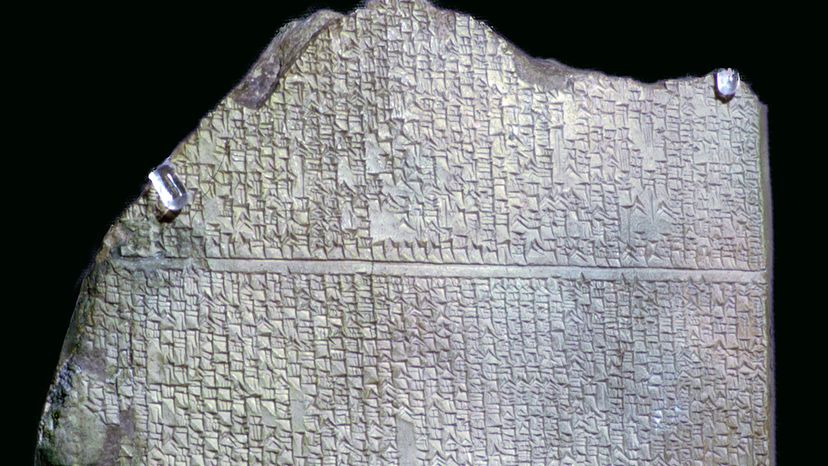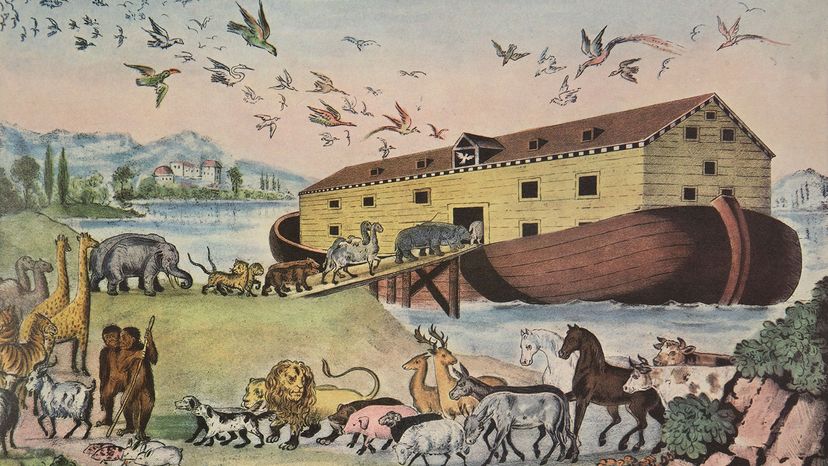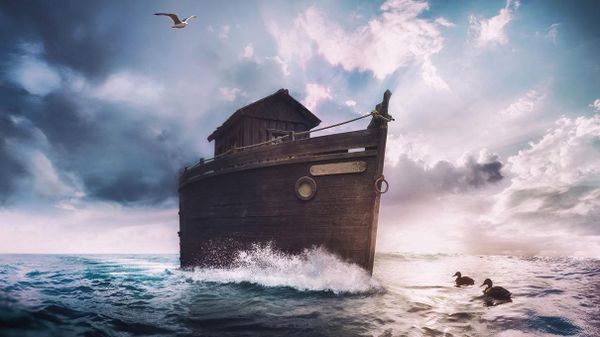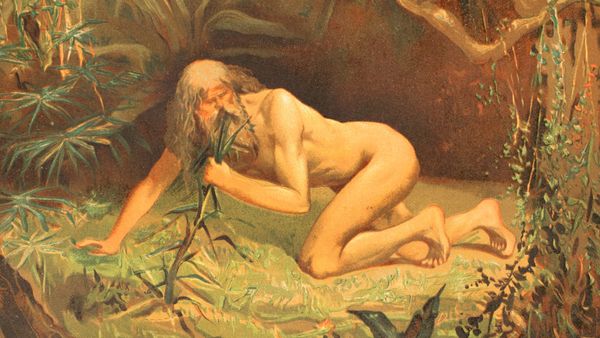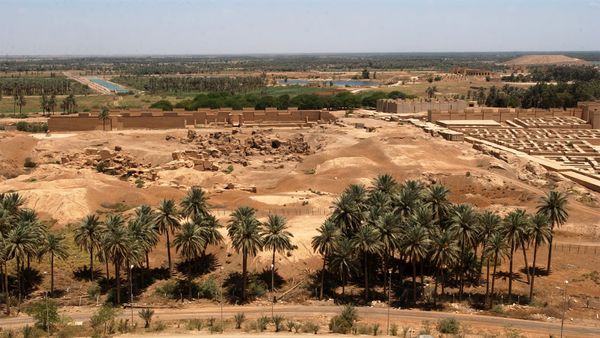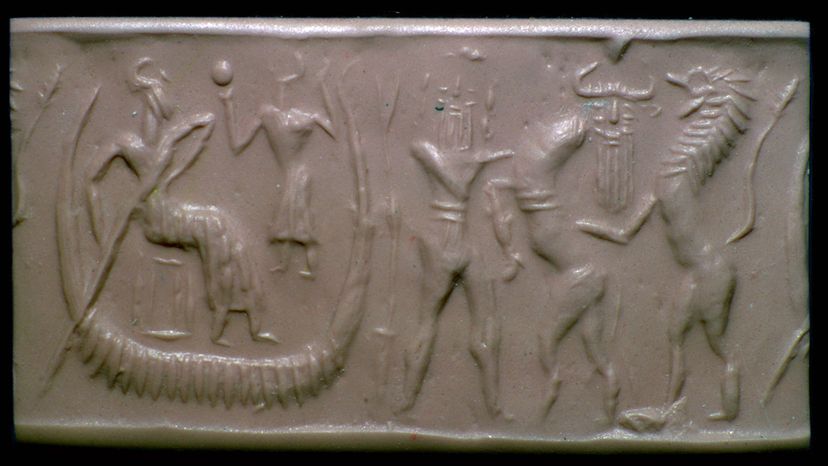
In November 1872, a self-taught historian named George Smith toiled away in the archives of the British Museum sorting through fragments of clay tablets recovered from ancient Mesopotamian archeological sites in modern-day Iraq. The tablets were written in cuneiform — a language that had only recently been recovered and translated after 1,000 years of obscurity — and most of the fragments contained humdrum accounting records or opaque prophecies from palace priests.
But then Smith found something remarkable. As he translated the cuneiform word by word, a familiar story unfolded. There was a god punishing humanity with a catastrophic flood, one man who was chosen to survive using a specially constructed boat filled with animals and seeds, and after the flood, birds being released to find dry land.
Advertisement
This wasn't the story of Noah and the ark, though, and this wasn't the book of Genesis in the Hebrew Bible (known to Christians as the Old Testament). What Smith had discovered was only one chapter in a sprawling Mesopotamian tale now known as the Epic of Gilgamesh, first written in 1,800 B.C.E., around 1,000 years before the Hebrew Bible.
"The Epic of Gilgamesh is the oldest tragic epic for which we have evidence," says Louise Pryke, an honorary research associate at the University of Sydney and author of "Gilgamesh," a deep analysis of the text and its influences on later works, from the Bible to Homer's "Odyssey." "It's something that's come to represent ancient Mesopotamia in modern culture."
When Smith first made the connection between the two flood stories in Gilgamesh and Genesis, legend says that he became so excited that he danced around the room removing his clothes. Smith's discovery shook the foundations of biblical scholarship by proposing that some, if not all, of the Hebrew Bible was borrowed from neighboring civilizations.
Pryke says that while the flood narrative in Genesis is clearly inspired by the tale in Gilgamesh, the similarities and differences in the ancient accounts can teach us important things about what these two cultures valued and their cosmic worldviews.
"These are cultures that are in dialogue with one another and their stories are in dialogue with one another," says Pryke.
Advertisement
